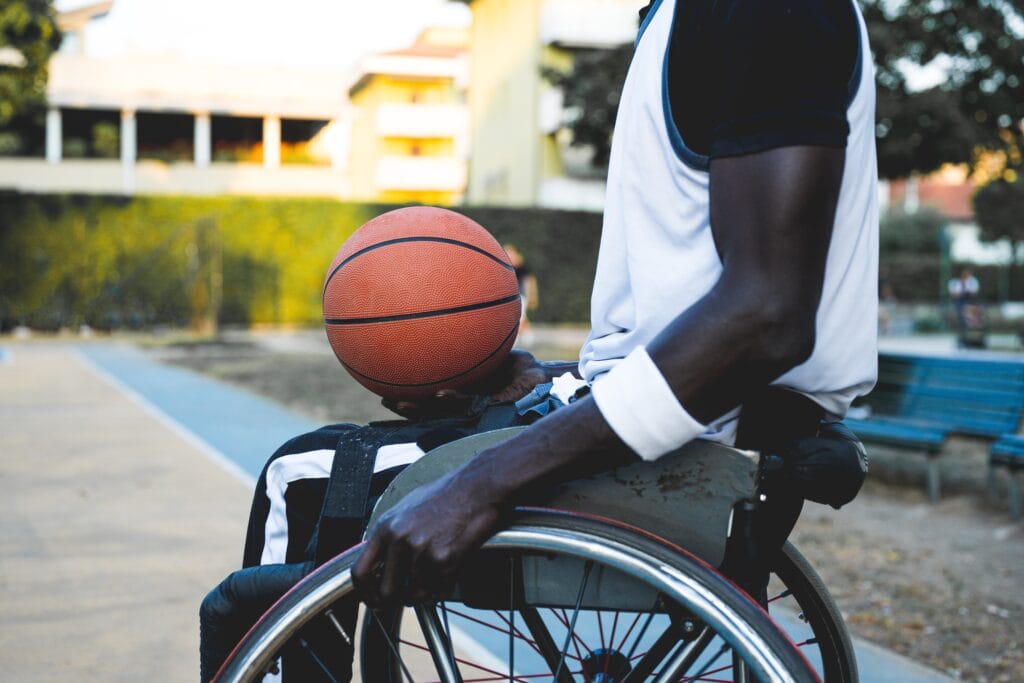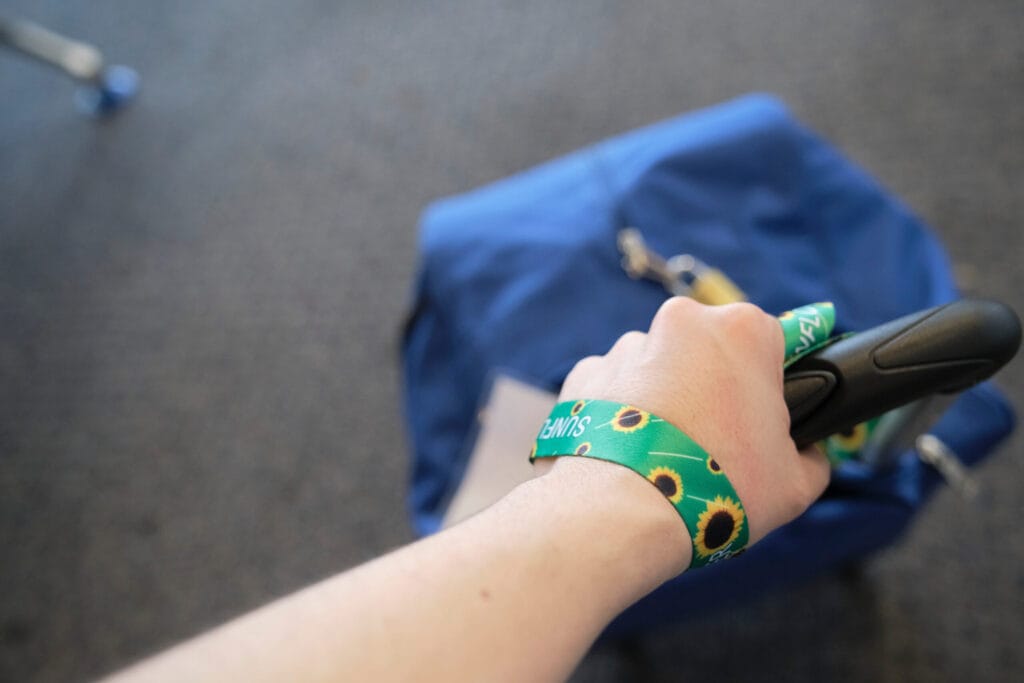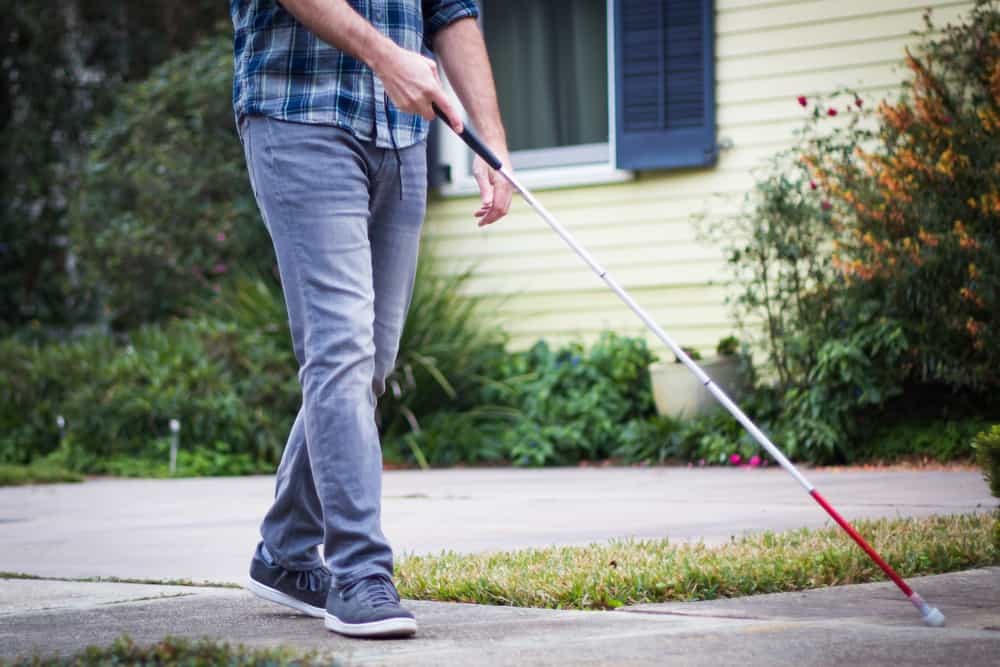The health, environmental, and social benefits of Biophilic design

Biophilic design (from the Greek, ‘philia’ meaning ‘love of life’) is an environmental design choice that is being adopted by architects and decorators around the world for modern office spaces and desk-based work environments. Office spaces, though largely safe and unassuming compared to workplaces of past centuries still provide potential health hazards – the most […]
Why the Models of Disability matter when creating inclusive environments

As access consultants at Direct Access, we often get asked this question and when we do, we tend to give a rather dry and professional answer explaining legal requirements and building regulations. Whilst these legal boxes indeed need to be ticked, it is hardly an inspirational, encouraging, or motivating answer. The answer is far more […]
How business owners stand to benefit from accessibility and inclusion

When we think of the built environments that make up our society, whether that’s bus stations, libraries, hospitals, supermarkets, or hotels, thought is rarely ever given to the potential of these spaces were they to be rebuilt, readjusted, and made inclusive. Indeed, when we think of accessibility and inclusion in relation to these environments, the […]
The difference between disability awareness and understanding

Much is often said about disability awareness, whether it’s businesses and organisations earnestly involving themselves in the various disability awareness days that happen each year, to huge corporations painting an image of inclusivity simply because they offer images of diversity in their branding – it is clear that in today’s world, people want get involved […]
The Importance of Accessible Wayfinding in Commercial Environments

In the past ten years or so wayfinding has undergone massive changes that has made getting around more accessible to all. With the ease of availability of services such as Google Maps, finding your way from A to B has never been easier. However, despite the ability to guide us through most populated environments on […]
Etiquette for Interacting with a Visually Impaired Person

To preface, it is important that we first acknowledge that while there are generally recommended methods of communicating with blind people, they are ultimately individuals with their own experiences, and will therefore have preferences unique to them. This blog entry is based on preferred etiquette which tends to overlap among visually impaired social groups, based […]
